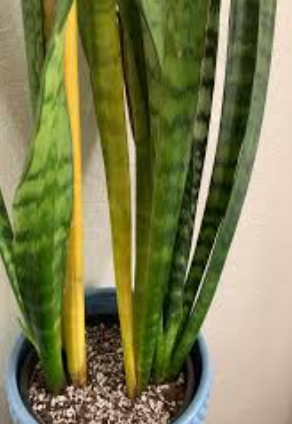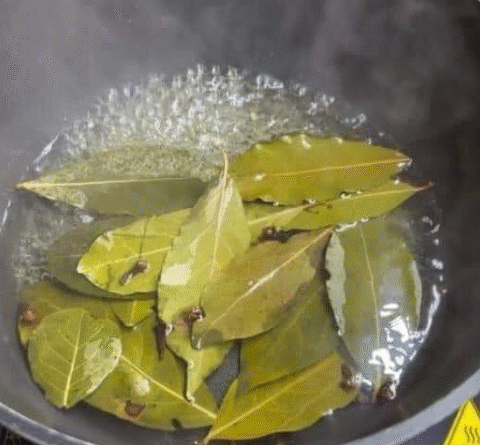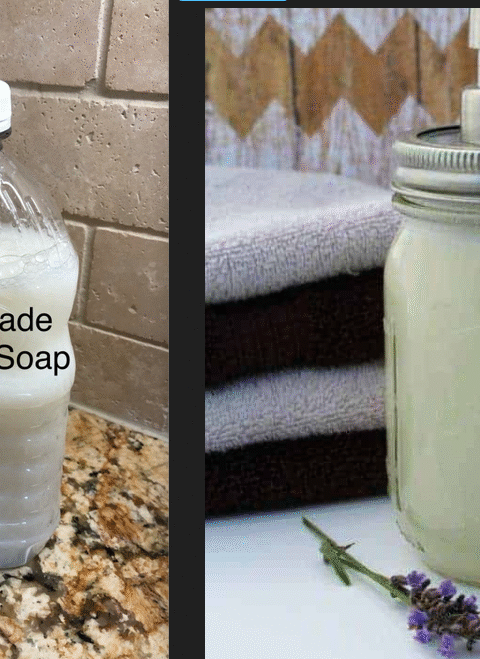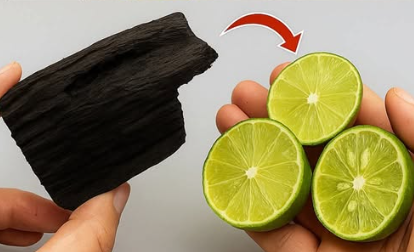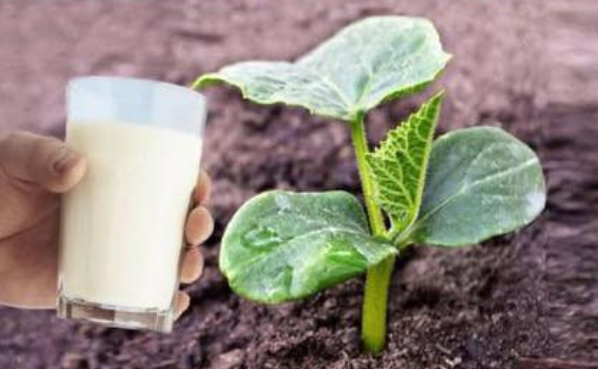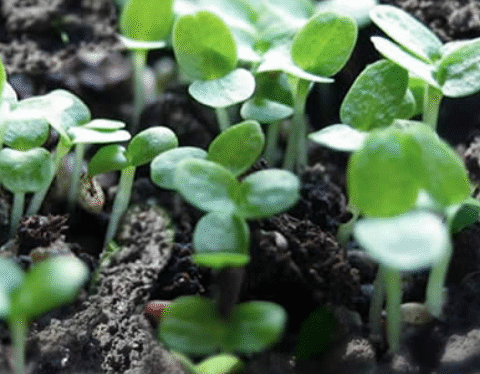Want More Snake Plants? Here’s How to Make Yours Produce Pups Fast!
🌿 Snake plants (Sansevieria) are a favorite among indoor plant lovers thanks to their resilience, air-purifying abilities, and dramatic architectural shape. But what if your snake plant isn’t multiplying as fast as you’d like? Don’t worry! With the right techniques, you can encourage your snake plant to produce pups—small baby plants that grow from its rhizomes.
🧬 Why Snake Plants Produce Pups
Pups, also known as offshoots, grow from rhizomes—horizontal underground stems that serve as the plant’s reproductive network. But pup production depends heavily on environment and care. If your plant isn’t producing pups, it’s often due to one or more missing conditions that trigger propagation.
🌱 8 Effective Ways to Force a Snake Plant to Produce Pups
1. Provide Bright, Indirect Light
- Place the plant near a south- or east-facing window with filtered sunlight.
- Avoid direct sun, which can scorch the leaves.
- Supplement with a grow light if natural light is insufficient.
2. Use a Snug Pot to Encourage Pup Growth
- Snake plants love to be root-bound—it signals time to multiply.
- A slightly tight pot encourages rhizomes to sprout new shoots.
- Too much space causes the plant to focus on root development.
3. Allow the Soil to Dry Between Waterings
- Snake plants prefer dry conditions over moist environments.
- Only water when the top 2-3 inches of soil are dry.
- Reduce watering during colder months to prevent rot.
4. Fertilize During the Growing Season
- Apply a balanced 10-10-10 liquid fertilizer diluted to half strength.
- Fertilize every 4–6 weeks in spring and summer.
- Stop fertilizing in fall and winter to let the plant rest.
5. Stress the Plant Slightly
- Stress can trigger reproduction via pup growth.
- Let soil dry out more than usual occasionally.
- Move the plant to a cooler room (55–65°F / 13–18°C) temporarily.
6. Divide the Plant to Stimulate Growth
- Carefully remove the plant and split the rhizomes into sections.
- Plant each section in its own container with fresh soil.
- This division encourages each rhizome to form new shoots.
7. Trim Older Leaves to Redirect Energy
- Prune mature or yellowing leaves to shift energy to new growth.
- Use sterilized scissors and avoid over-trimming.
- Observe the plant closely after pruning for pup development.
8. Use Well-Draining Soil
- Use a cactus or succulent mix with added perlite or sand.
- Avoid heavy potting soils that retain moisture.
- Healthy roots in dry soil encourage pup formation.
🪴 How to Remove and Replant Snake Plant Pups
- Wait Until the Pup is 2–4 Inches Tall: Mature pups have stronger roots for survival.
- Gently Remove the Plant: Lift both mother and pup carefully to expose the connecting rhizome.
- Cut the Rhizome: Use a clean knife to separate the pup from the parent plant.
- Repot: Place the pup in a small container with well-draining soil.
- Water Lightly: Keep soil slightly moist until new growth appears.
📊 Pup Production Checklist
| Condition | Why It Helps |
|---|---|
| Bright, Indirect Light | Boosts photosynthesis, encouraging growth |
| Root-Bound Pot | Signals the plant to reproduce |
| Drying Between Waterings | Prevents rot, mimics native environment |
| Fertilizer (Spring/Summer) | Provides nutrients for pup formation |
| Cooler Temperature Cycles | Stimulates seasonal reproductive behavior |
👩🔬 Expert Insight
Prof. Mark Benson, a plant physiologist, explains: “Stress and light levels play critical roles in triggering pup production in Sansevieria. Mimicking mild environmental stress without causing harm can activate rhizomatic growth.”
🔐 Health & Safety Tips
- Keep snake plants out of reach of pets and children—leaves are mildly toxic if ingested.
- Use gloves when handling soil and trimming leaves to avoid irritation.
- Sterilize tools before use to prevent infections in cut rhizomes.
❓ Top 10 FAQs About Snake Plant Pups
- How long does it take for a snake plant to produce pups? – Typically 1–2 years under optimal conditions.
- Why isn’t my snake plant producing pups? – Likely due to lack of light, nutrients, or being in too large a pot.
- Can I force a plant to produce pups faster? – Yes, using light, slight stress, and division.
- Should I remove pups? – Only if you want to propagate them.
- Can pups grow in water? – Not ideal. They root better in well-draining soil.
- Is pup production seasonal? – Most active during spring and summer.
- How big should a pup be before removing? – At least 2–4 inches tall.
- Do all snake plant varieties produce pups? – Yes, though some may take longer.
- Can overwatering prevent pups? – Absolutely. It stresses and rots the roots.
- What’s the best fertilizer for pups? – A diluted 10-10-10 balanced liquid fertilizer.
🌿 Related Care & Propagation Guides
Looking for more plant propagation tips? Visit SimplyRecipes.com for natural houseplant recipes and guides to enrich your green thumb journey!
🎉 With these techniques, your snake plant won’t just survive—it will thrive and multiply! Happy planting!
